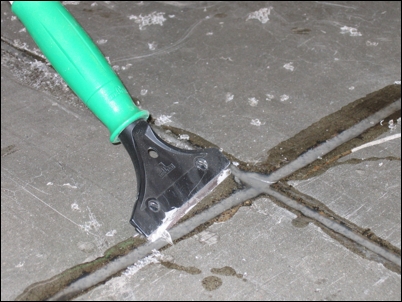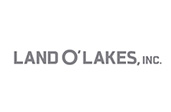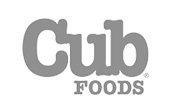How to stop concrete floor vibration

Bridges, highways, and sidewalks may expand and contract considerably. Most modern buildings, however, are climate controlled with temperature variations within a 10-15 degree range. As a result, these expansion joints are more of a problem than a solution.
Flexible caulks have been used in expansion joints to help transition between the slabs yet allow for some movement. But flexible caulks do nothing to dampen vibration as heavily loaded wheels impact the shoulders of each joint. The movement caused by these impacts can damage both rolling stock and the building structure as well as cause cracks in your floors. That movement can become a problem and cost if frequent or extensive.
The solution is to epoxy the slabs together with 100% solid epoxy and color quartz. The epoxy-quartz filler levels the rut between slabs, thus eliminating the vibration, wear, and structural damage that would otherwise be caused by moving equipment. The quartz-epoxy mix withstands test strengths of 22,000 psi.
A recommended first step in the application process is to set a masonry blade on a skilsaw at 1/4- to 1/2-inch and run it down the expansion joints, cleaning both sides. Flexible caulk will melt out of the joints during this operation. Once the joints are cleaned, color quartz is swept into the joints until slightly lower than flush with the floor surface. Clear or colored 100% epoxy is then poured over these joints until saturating the quartz and rising to be level with the floor. Twelve hours later, the joint will need to be re-inspected and topped off.
Often these joints have openings at the bottom and some epoxy may leak through. The wetted color quartz will remain and block leak-through on the second application. It is important to come back to the floor between 10 and 12 hours later to grind off off excess epoxy. The fastest method is to use a grinder with a masonry wheel to quickly buzz off excess epoxy blending the seams into the floor on each side. If done well, the rolling equipment may never notice joints again and the floor life will be extended with reduced need for maintenance and repair.
The cost of filling deep holes and badly eroded floors can be reduced by using color quartz and a filler and wear inhibitor. Mixing 100% epoxy with color quartz to 28 lb. per gallon gives a trowel mix with a peanut butter consistency. This mix can be placed in holes using a trowel or putty knife. Small vertical surfaces are best filled by using a heavy rubber glove and applying the mixture by hand with a rubbing motion.
For a detailed quote of materials needed to apply epoxy paint to your floor, please visit our free cost analysis page at http://concrete-floor-coatings.com/costanalysis/
For more information, contact Chris Biesanz at chris@durallmfg.com or phone 1-800-466-8910 or 952-888-1488 (24/7).
Our Customers






Address: 9655 Newton Ave. South | Bloomington MN 55431
Phone: 952-888-1488
